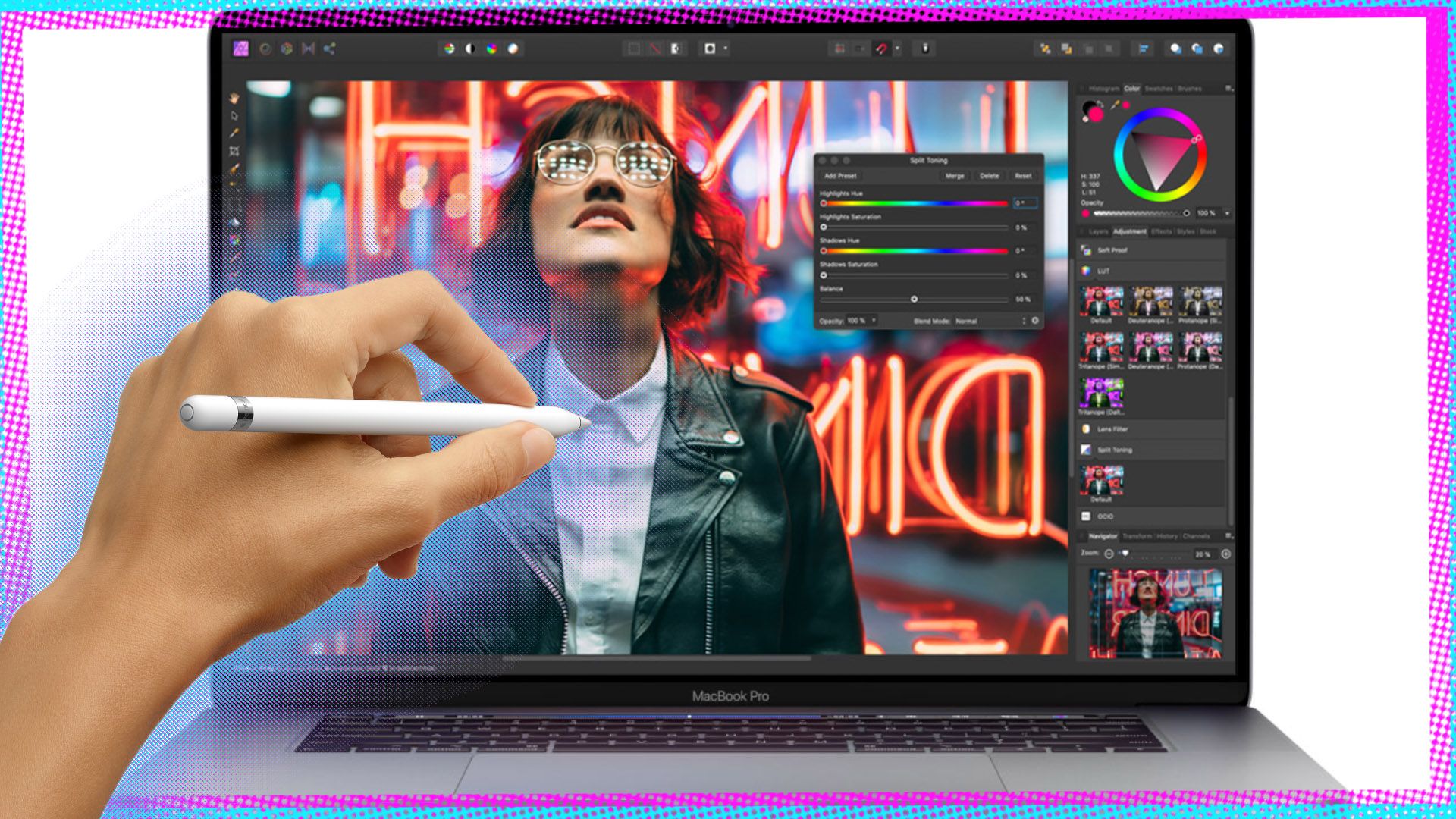
- #HOW TO USE PHOTOSHOP WITH TOUCH SCREEN HOW TO#
- #HOW TO USE PHOTOSHOP WITH TOUCH SCREEN UPGRADE#
- #HOW TO USE PHOTOSHOP WITH TOUCH SCREEN TRIAL#
This will launch the task space with many buttons and panels which can make it a bit intimidating. Or you can use the keyboard shortcut Shift + Cmd + X. You open the Liquify tools by going to the menu Filters, Liquify. What Are the Tools Within the Liquify Filter? In any case, I’ll show you how it works, and then you decide which uses you want to give it. These are just some of the practical applications, but you shouldn’t forget the creative uses for art photography – it also helps out with fine-tuning displacement maps. If they’re placing a logo onto an object and it needs to follow the shape of the product, they can use the liquify tool in Photoshop to bend it. You know when fabrics make awkward folds around a model’s body, or you need the shape of a dress to look more voluminous? Those are details that can be retouched with Liquify.Ĭommercial photographers can benefit from it as well.

However, the liquify filter has many uses.įor example, you can fix clothes with it in fashion photography. In this tutorial, I’ll be retouching a headshot because there’s a liquify tool specifically for portraits that I want to show you. This article is designed to give you an introduction to the tool and step you through your first tries at using it.
#HOW TO USE PHOTOSHOP WITH TOUCH SCREEN HOW TO#
Even though the dark interface looks kind of cool. Perhaps I should just wear shades instead?Īnyway, I hope this will help someone with the same problem out there.Interested in learning how to use the Liquify tool in Photoshop? Perhaps you’ve heard about it but never actually given it a try.

I’m still not convinced if it’s worth upgrading for me – CS5 does what I need right now.
#HOW TO USE PHOTOSHOP WITH TOUCH SCREEN TRIAL#
I’m extremely happy that Photoshop CC is at least workable for me during my fading trial days. I guess time is moving on, and my machine is now over two years old. Jeff also said that the Intel Graphics 3000 HD card is now one of the “lower end” cards they support. Here’s a screenshot of what you’re looking for: Click to enlarge On the Mac, you can find Preferences under the Photoshop menu. A little onscreen message that this is necessary would be helpful methinks. I had tried this trick before, but the changes do no take effect until you RESTART Photoshop. After investigating, he suggested the following: The Solution: Using less Hardware AccelerationĪfter posting my woes on the Photoshop Facebook Page, Jeff very kindly got back to me and requested all kinds of system information from my setup. Still, CS5 doesn’t have this problem – so why would CC be such a sourpuss about my setup? It kind of makes sense too: the graphics card can only move so many pixels at a time, and god only knows what they’ve done under the hood in CC in regards to performance improvements. I unplugged my big monitor and drew a few strokes on my small screen with Photoshop CC – and hey presto: NO MORE BRUSH LAG!! She writes about this and a very different solution on her blog. I don’t use the small builtin screen, but of course it’s still there, albeit not doing anything.Īngela, the original poster, uses a Cintiq – which really is a second monitor.

In my case that’s a 27″ Thunderbolt Display attached to a poor MacBook Pro. Then it hit me: the one thing most Graphic Designers are using is a dual screen setup. I mean really, what has changed in CC other than an additional filter and the splash screen?Ĭould it be the Wacom driver? Or perhaps the Graphics Card Driver? Even though they were the latest versions, I’ve tried to unplug everything I could think of – but nothing helped. My computer was well enough specced for most things I do, and given that CS5 doesn’t lag at all I thought it can’t really be my hardware. Since nobody had a solution at hand, it was time to do some digging at my end. Let me share with you what worked for me, perhaps it works for you too. Yesterday, a lovely representative from the Photoshop Facebook Page got in touch with me and offered help and advice – and ultimately solved my problem. I was glad to hear I was not alone – yet nobody had a solution to this problem. One user in particular had this problem too, and many more chipped in on a forum thread over at the Adobe Forums and the (now defunct).

Shocked, perplexed, dissatisfied and smiling to myself, I consulted Google. I wasn’t using a complicated brush either, just a bog standard 20 pixel soft edge brush without any Blending Options. My stroke was lagging behind by about a second or more until it appeared on the screen. So I’ve installed CC, marvelled at the new look and the 3D tools, made a brush stroke on a new canvas and… what the hell is that?
#HOW TO USE PHOTOSHOP WITH TOUCH SCREEN UPGRADE#
I wasn’t sure if the upgrade was for me or if I should stick with my trusty copy of Photoshop CS5 (which by the way I own and can use forever and a day, without a monthly license fee… but that’s another matter). Back in 2013 I was trying out the then-new Photoshop CC for 30 days.


 0 kommentar(er)
0 kommentar(er)
